Could A Flexitarian Diet Be Right For You?
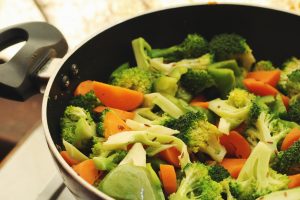 Eating healthy is extremely important for your overall good health, but which type of healthy diet should you choose? There’s a lot of them out there and just a few are carb, rawist and vegetarian. Some have strict rules to follow, while others are a lot easier. One of the easiest is a flexitarian diet. A flexitarian diet isn’t specific. It’s based on a healthy menu that limits processed foods, but doesn’t eliminate any healthy food, like animal products.
Eating healthy is extremely important for your overall good health, but which type of healthy diet should you choose? There’s a lot of them out there and just a few are carb, rawist and vegetarian. Some have strict rules to follow, while others are a lot easier. One of the easiest is a flexitarian diet. A flexitarian diet isn’t specific. It’s based on a healthy menu that limits processed foods, but doesn’t eliminate any healthy food, like animal products.
The diet was created by Dawn Jackson Blatner, but has been modified by others.
What’s the best type of diet to follow? The best type is one that you’ll stick with and follow. Eating animal protein like meat, dairy, poultry, eggs and fish in moderation makes a flexitarian far easier to follow. It’s adding more fruits and vegetables to the diet and limiting animal-derived foods. Think meatless Monday, Thursday and Friday or Chili con carne with very little carne.
Just like other healthy diets, a flexitarian diet provides variety.
You don’t have to give up that occasional burger, just don’t eat a burger every meal. A flexitarian way of eating uses plant sources for most of the protein. It follows many of the dictates of other healthy diets, like focusing on eating more whole foods or limiting food with added sugar. Think flexible when you think of a flexitarian diet.
If you have allergies or a food intolerance, you can still use a flexitarian diet.
There’s no one set meal plan and few basic rules. If you can’t drink milk or use milk products, don’t drink or eat them. Eat beans, an egg or meat instead. Just throw extra servings of veggies on the plate and have some fruit for dessert. Highly processed food, like luncheon meat, white bread, snack foods or hot dogs should be avoided. It’s very similar to a Mediterranean diet, but with fewer restrictions.
- There are few studies on the benefits of a flexitarian diet, since there’s no one meal plan. However, the increased focus on fruits and vegetables means more phytonutrients, fiber and nutrients, which helps weight loss, prevents heart disease, cancer and diabetes.
- Since there’s no strict meal plan, you’ll have days you ate less healthy and those that get a gold star. You won’t be as tempted to give it up if you had a less healthy day, as you would if you cheated on a diet.
- Eating less meat and animal products can help in other ways. It can cut the cost of groceries dramatically. The cost of a bag of beans is far less than the cost of a pound of meat.
- A flexitarian diet could be a perfect match for almost anyone. For those trying to build muscle tissue, then special attention must be paid to plant-based protein and amounts of total protein. People with B12, iron, zinc or calcium deficiencies also need to be more focused on finding plant alternatives.
For more information, contact us today at Next Level Fitness

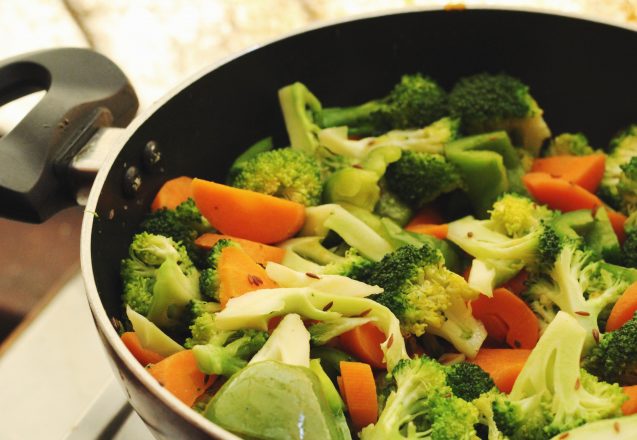
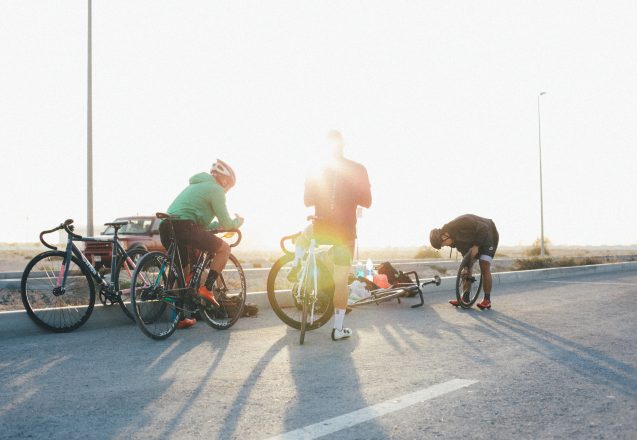
 This time of year is perfect for exercising outside. It’s cooling down, so even riding a bike or running is comfortable. There are a lot of benefits to enjoying the outdoors as your gym, so I’m always thankful that I live in this climate, where it’s not icy cold and snowy. Getting extra sunshine is good for the body and the mind. It’s a relaxing way to enjoy the beauty of Mother Nature, while soaking up the vitamin D from the sun.
This time of year is perfect for exercising outside. It’s cooling down, so even riding a bike or running is comfortable. There are a lot of benefits to enjoying the outdoors as your gym, so I’m always thankful that I live in this climate, where it’s not icy cold and snowy. Getting extra sunshine is good for the body and the mind. It’s a relaxing way to enjoy the beauty of Mother Nature, while soaking up the vitamin D from the sun.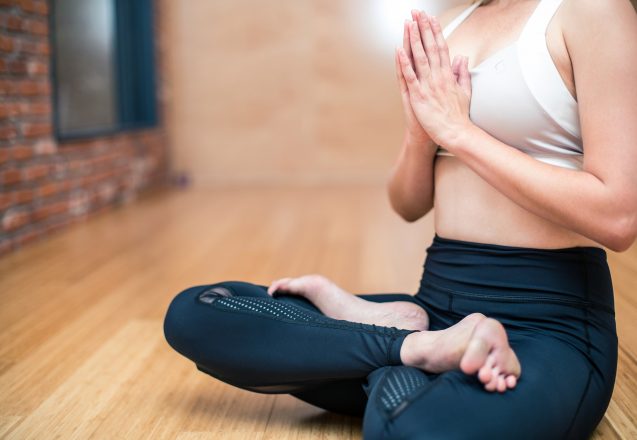
 All types of exercise, particularly those that get your heart pumping, really do relieve stress. Exercise burns off the hormones of stress and replace them with hormones that make you feel good. When you can make it to the gym, that’s great, but it’s not always possible and neither is heart pumping, sweat drenching exercise. That’s when finding an alternative, like yoga poses for stress reduction can help relieve that anxiety and help you relax.
All types of exercise, particularly those that get your heart pumping, really do relieve stress. Exercise burns off the hormones of stress and replace them with hormones that make you feel good. When you can make it to the gym, that’s great, but it’s not always possible and neither is heart pumping, sweat drenching exercise. That’s when finding an alternative, like yoga poses for stress reduction can help relieve that anxiety and help you relax.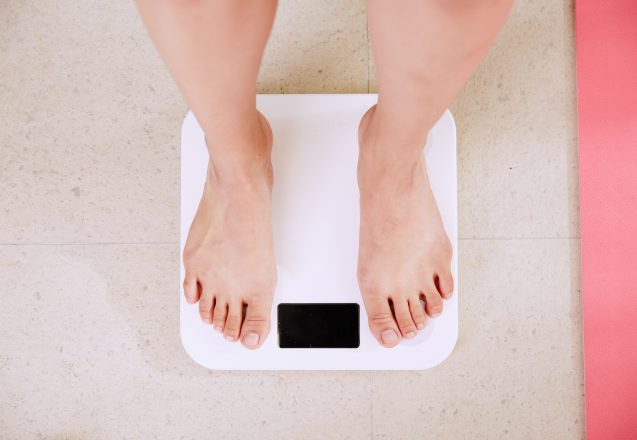
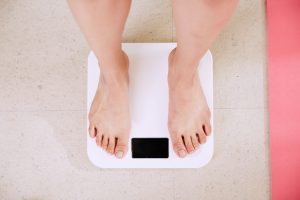 The average person losing weight takes off between a pound and two pounds a week. It might seem slow and you may want to opt for more rapid weight loss, but is that wise? It took a long time to put on the weight and the excess weight often occurs because of the decisions you make throughout the day. You might be eating the wrong foods, living a sedentary lifestyle or even lacking adequate sleep. If you focus on losing weight fast, you’re apt to go on a extremely calorie restricted diet that can’t be maintained for long. To keep weight off, you need to make lifestyle changes and that takes time.
The average person losing weight takes off between a pound and two pounds a week. It might seem slow and you may want to opt for more rapid weight loss, but is that wise? It took a long time to put on the weight and the excess weight often occurs because of the decisions you make throughout the day. You might be eating the wrong foods, living a sedentary lifestyle or even lacking adequate sleep. If you focus on losing weight fast, you’re apt to go on a extremely calorie restricted diet that can’t be maintained for long. To keep weight off, you need to make lifestyle changes and that takes time.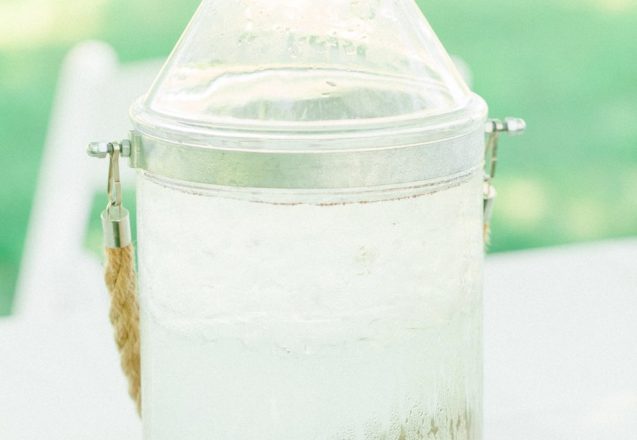
 At Next Level Fitness in Irvine, CA, we encourage drinking more water. Not only does drinking adequate water improve your health, it can help you lose weight. 55% to 65% water, depending on your sex and age. Your heart and brain are approximately 73% water and your lungs about 83% water. You can see how important it is. Dehydration, even mild dehydration, can cause physical symptoms that range from brain fog and body aches to exhaustion. Mild dehydration can make your workout more ineffective and you’ll burn fewer calories.
At Next Level Fitness in Irvine, CA, we encourage drinking more water. Not only does drinking adequate water improve your health, it can help you lose weight. 55% to 65% water, depending on your sex and age. Your heart and brain are approximately 73% water and your lungs about 83% water. You can see how important it is. Dehydration, even mild dehydration, can cause physical symptoms that range from brain fog and body aches to exhaustion. Mild dehydration can make your workout more ineffective and you’ll burn fewer calories.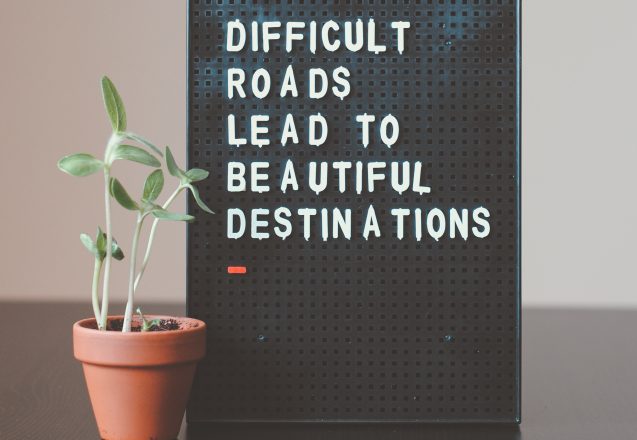
 It’s summer and we’re just reopening. There’s a lot of things that can create a diversion in Irvine, CA, to prevent you from sticking with your workout schedule. It’s tough to stay motivated as a beginner, but you can make it easier by taking a few steps and making some changes in your life. As a beginner, you face more obstacles than you do the more seasoned you become and you haven’t yet developed the habit of healthy eating and working out. Here are some tips to help you fake it until you make it.
It’s summer and we’re just reopening. There’s a lot of things that can create a diversion in Irvine, CA, to prevent you from sticking with your workout schedule. It’s tough to stay motivated as a beginner, but you can make it easier by taking a few steps and making some changes in your life. As a beginner, you face more obstacles than you do the more seasoned you become and you haven’t yet developed the habit of healthy eating and working out. Here are some tips to help you fake it until you make it.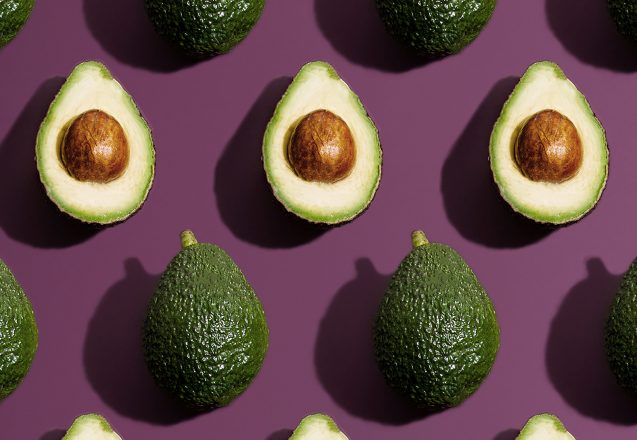
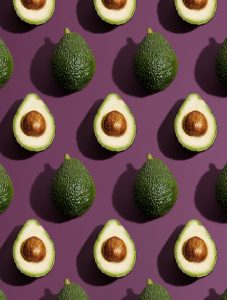 How do you lose weight without dieting? Eat healthier. Many healthy foods are not only delicious, they’re lower in calories. That list includes foods that make you feel full. Let’s face it, in order to lose weight you have to eat fewer calories. That doesn’t mean you have to eat less, just eat smarter. Mix a half cup of Greek yogurt with a half cup or more of berries and toss in a few walnuts for a filling, delicious sweet treat that’s healthier and fewer calories than a candy bar, but will help you stay full longer. Now that’s smart eating.
How do you lose weight without dieting? Eat healthier. Many healthy foods are not only delicious, they’re lower in calories. That list includes foods that make you feel full. Let’s face it, in order to lose weight you have to eat fewer calories. That doesn’t mean you have to eat less, just eat smarter. Mix a half cup of Greek yogurt with a half cup or more of berries and toss in a few walnuts for a filling, delicious sweet treat that’s healthier and fewer calories than a candy bar, but will help you stay full longer. Now that’s smart eating.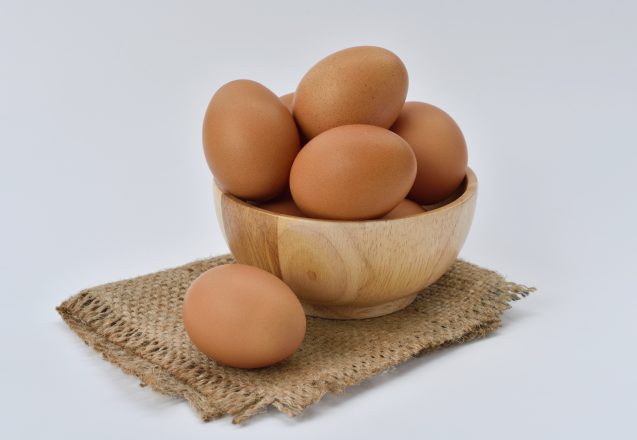
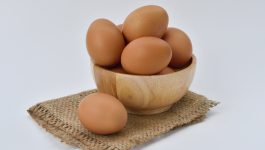 Are eggs bad for you? The easy answer is no. Twenty years ago, people with cholesterol were told to stay away from eggs, today, nutritionists and doctors look at eggs a bit differently. If the other foods in your diet are low in cholesterol, eggs are a good source of protein for most people. Should you eat them with bacon, ham or breakfast steak every day and expect to get a rousing round of applause from your doctor or great blood profiles? Absolutely not. You need some cholesterol in your diet, but you can also get too much of a good thing.
Are eggs bad for you? The easy answer is no. Twenty years ago, people with cholesterol were told to stay away from eggs, today, nutritionists and doctors look at eggs a bit differently. If the other foods in your diet are low in cholesterol, eggs are a good source of protein for most people. Should you eat them with bacon, ham or breakfast steak every day and expect to get a rousing round of applause from your doctor or great blood profiles? Absolutely not. You need some cholesterol in your diet, but you can also get too much of a good thing.
 Some foods we list on healthy meal plans at Next Level Fitness in Irvine, CA, contain trans fat. Don’t let that scare you. There are two types of trans fat, and they react in your body quite differently. One is naturally occurring trans fat created by bacteria in the stomach of ruminants like sheep, cows and goats. It may have heart healthy benefits. The bad type of trans fat was initially created in a lab to extend the shelf life of oil. This hydrogenated fat was a cheaper alternative to fats like butter and it was used in many products. Artificially created trans fats have a negative effect on health and cholesterol profile.
Some foods we list on healthy meal plans at Next Level Fitness in Irvine, CA, contain trans fat. Don’t let that scare you. There are two types of trans fat, and they react in your body quite differently. One is naturally occurring trans fat created by bacteria in the stomach of ruminants like sheep, cows and goats. It may have heart healthy benefits. The bad type of trans fat was initially created in a lab to extend the shelf life of oil. This hydrogenated fat was a cheaper alternative to fats like butter and it was used in many products. Artificially created trans fats have a negative effect on health and cholesterol profile.
 Eating a small bowl or a few spoonfuls of ice cream won’t hurt you. However, eating a gallon a day can really pack on the pounds. That’s a bit of an exaggeration to show how much portion size can affect your weight loss program. With most healthy eating programs, vegetables like celery and fresh fruit portion isn’t a problem. They’re packed with fiber, so it’s difficult to eat many calories, since they fill you up without adding a ton of carbs or calories. Nuts, sweet potatoes avocados and olive oil may be healthy, but here, their high caloric nature means you have to pay closer attention.
Eating a small bowl or a few spoonfuls of ice cream won’t hurt you. However, eating a gallon a day can really pack on the pounds. That’s a bit of an exaggeration to show how much portion size can affect your weight loss program. With most healthy eating programs, vegetables like celery and fresh fruit portion isn’t a problem. They’re packed with fiber, so it’s difficult to eat many calories, since they fill you up without adding a ton of carbs or calories. Nuts, sweet potatoes avocados and olive oil may be healthy, but here, their high caloric nature means you have to pay closer attention.